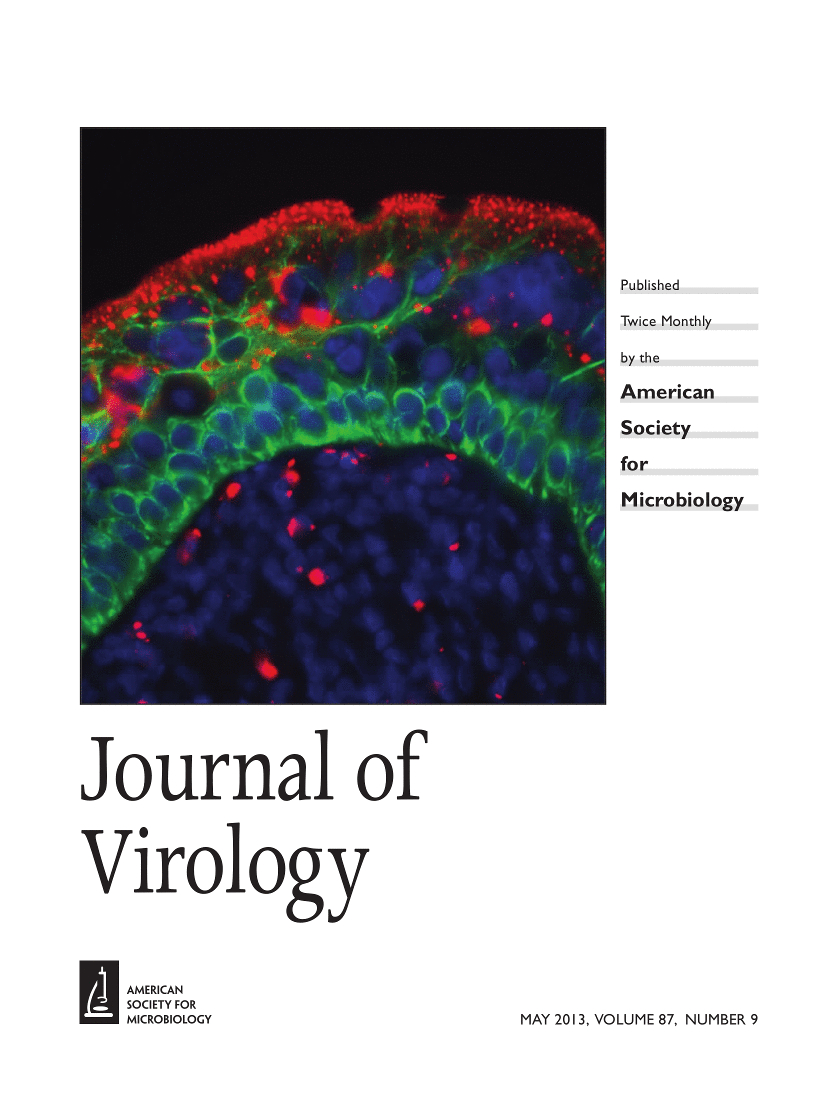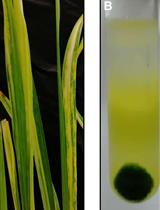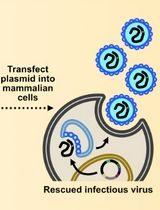- EN - English
- CN - 中文
Fitness Determinations in Vesicular Stomatitis Virus
水泡性口炎病毒中的整体复制能力的测定
发布: 2014年03月20日第4卷第6期 DOI: 10.21769/BioProtoc.1074 浏览次数: 7979
评审: Anonymous reviewer(s)
Abstract
Fitness is defined as the overall replicative ability. Testing whether a mutation (or combination of mutations) has an effect on fitness often relays on determining virus production as a surrogate measurement. However, viruses do not usually replicate in a void, and evolutionary speaking, it is key to determine replicative ability compared to other viruses, e.g. the relative fitness. John Holland developed a method for vesicular stomatitis virus based on the use of a neutral genetic marker that allows to distinguish two competitors and to measure accurately the relative ratio between the two during competition (Holland et al., 1991). The marker is a mutation in the external G glycoprotein that has no effect on the virus other than conferring resistance to a monoclonal antibody, I1. To measure fitness a marked test strain is mixed with a reference unmarked strain and the mixture is allowed to infect a cell monolayer. Ratios before and after competition are measured by plaque assay in the presence and absence of I1 antibody, and changes in ratio give the fitness value.
Materials and Reagents
- Test and reference VSV strains
Any neutral mutation that confers resistance to the monoclonal antibody used in the test is appropriate. For I1, which recognizes the A1 epitope of the G glycoprotein, mutation 3853 is our preferred choice. Mutation 3846 is not a good choice because it seems to be beneficial. Mutations indicate the nucleotide number of wild type Indiana serotype, Mudd-Summers strain. Mutant can be isolated by plaque-picking or by reverse genetics. Either way, the resulting population must be fully sequenced to ensure that no other mutations have been incorporated during the process. - Baby hamster kidney cells (BHK-21)
- 10x Trypsin/EDTA (Life Technologies, Gibco®, catalog number: 15400 )
- I1 Monoclonal antibody (I1Mab) hybridoma (ATCC, catalog number: CRL-2700 )
- Proteose peptone No. 3 (PP3) (BD DifcoTM, catalog number: 0 12207 ) (12 g/L in dH2O, autoclaved)
- Bovine Calf Serum (BCS) (Life Technologies, Gibco®, catalog number: 16170-078 )
- Fetal Bovine Serum (FBS) (Life Technologies, Gibco®, catalog number: 10437 )
- NaCl
- 10% CO2
- Agarose (Lonza, SeqplaqueTM GTGTM, catalog number: 50111 ) (40 g/L in dH2O, autoclaved)
- Glutamine (Life Technologies, InvitrogenTM, catalog number: 25030-081 )
- Minimal Essential Medium with Hanks salts (MEM-H) (Mediatech, Cellgro®, catalog number: 50-019-PB )
- Sodium bicarbonate (4.2 g/L in dH2O, autoclaved)
- Penicillin/streptomycin solution (Mediatech, Cellgro®, catalog number 30-004-Cl )
- Saline solution (see Recipes)
- Minimal Essential Medium with Earl’s salts (MEM-E) (Mediatech, Cellgro®, catalog number: 51-10-PB ) (see Recipes)
- Crystal violet solution (see Recipes)
Equipment
- 1.5 ml tubes
- T25 filtered-cap flasks (Cyto-One®, catalog number: CC7682-4825 )
- T-25 plug seal (if MEM-Hanks is used) (Cyto-One®, catalog number: CC7682-4325 )
- 5 ml and 25 ml pipettes
- Pasteur pipettes
- Type II biosafety hood
- 37 °C cell culture incubator
- Transilluminator (optional)
Procedure
文章信息
版权信息
© 2014 The Authors; exclusive licensee Bio-protocol LLC.
如何引用
Novella, I. S. (2014). Fitness Determinations in Vesicular Stomatitis Virus. Bio-protocol 4(6): e1074. DOI: 10.21769/BioProtoc.1074.
分类
微生物学 > 微生物细胞生物学 > 细胞分离和培养
微生物学 > 微生物遗传学 > 诱/突变
微生物学 > 微生物遗传学 > RNA
您对这篇实验方法有问题吗?
在此处发布您的问题,我们将邀请本文作者来回答。同时,我们会将您的问题发布到Bio-protocol Exchange,以便寻求社区成员的帮助。
Share
Bluesky
X
Copy link














